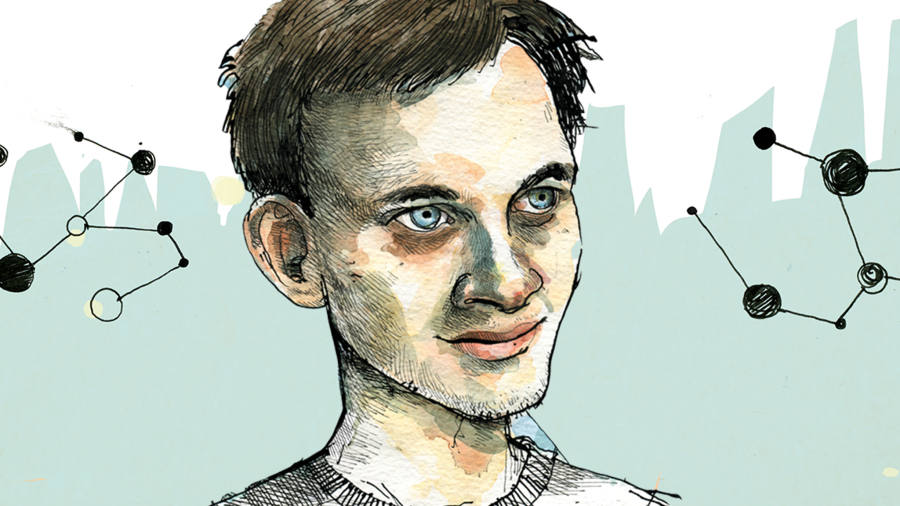Up in San Francisco’s Monterey Heights district stands a modest detached house; a house that would be perfectly ordinary, were its wide windows not covered in neon green scribbles — half-finished equations, anatomies of computer architecture. They are marks left by the coders who use this place as a hide-out.
The troupe of five or so developers, clad in hoodies and jeans, have an air of Peter Pan’s lost boys. They may be young — in their early to mid-twenties — but these programmers are the heart of the most extraordinary financial story of recent months: cryptocurrencies, digital tokens with no intrinsic value, suddenly worth billions. I’m here to meet the coders’ leader, Vitalik Buterin, the Russian-Canadian creator of Ethereum, arguably the most successful of the hundreds of copycat cryptocurrencies to have emerged in the seven years since bitcoin rose to prominence. On the damp, overcast morning earlier this year when I take a Lyft car (an Uber equivalent) to his San Francisco headquarters, Ethereum’s market value was some $125bn — second only to bitcoin.
Once I’ve squeezed past his earnest acolytes, the angular young man I recognise from tech conference stages shakes my hand gingerly, his fingers flattened. With hollow cheeks and downy brown hair, he is more mathematics prodigy than tech magnate.
We had booked a fancy Mexican restaurant in San Francisco’s Latin-inflected Mission district, but at the last minute I was told he would prefer a quiet takeaway here at Ethereum’s San Francisco home-from-home. He’s dressed in a loose canary yellow T-shirt featuring a cartoon character, black tracksuit trousers and a watch with a pink plastic strap. Its face is a cat, whose transparent Cheshire grin exposes the mechanism. I ask for his precise age. He answers without hesitation: “23.96”.
It was his father Dmitry, also a computer scientist, who first introduced his son to the idea of blockchain and cryptocurrency. He had encouraged his son to build video games from the age of 10. Then in 2011 he told him about bitcoin. Created two years earlier as the world reeled from the failures of the banking system, bitcoin lets people exchange cash online without a bank mediating the transaction. Bitcoin’s enigmatic creator remains unidentified, but among its godfathers were cypherpunks: hackers dedicated to privacy, determined to undermine authorities who led us to the financial crisis.
The then 17-year-old Vitalik initially dismissed the idea, but then did his own research into virtual money. Soon he was writing articles — paid for in bitcoins — while studying computer science at Canada’s University of Waterloo, eventually leading him to co-found Bitcoin Magazine. Back in 2011, bitcoin was considered so radical many believed governments would ban it, pointing to the dark market it supported. Yet it survived, trading at highs of $19,000 at Christmas, although a crash followed.
A blockchain is “an interesting and new kind of organism” Buterin says after we have slid across floorboards through the open-plan living room to a wooden dining table. That is something of an understatement, I think. Simply put, a blockchain is a ledger stored across thousands of computers. Spreading the record out this way, and securing it with Byzantine mathematics called cryptography, makes it harder to tamper with than traditional information hoards. Centralised data troves, such as your brain, are liable to lose things — and, as Equifax found via the hacking of its customer data files, are vulnerable to attack. By contrast, blockchain ledgers are open for all to read and not controlled by a single entity.
Buterin’s particular genius was to see the potential to create a blockchain of his own, Ethereum, that other services could build on, from payments to games. It quickly grew a life of its own, with everyone from scientists to banks and entrepreneurs clamouring to build on it. Aged just 19, Buterin quit university to guide it.
Source/More: Ethereum’s Vitalik Buterin on the bitcoin bubble and running a $125bn blockchain – CryptoScoop















